
Through the eyes of regional jewish communities
For single Sedan
Tafraout - Igherm - Tagmout - Tata -Imitek - Akka - Ait Ouabelli -Icht - Tamanart - Taghjicht - Amtoudi - Timoulay - Ifrane de l'Anti-Altas - Bou Izakarn - Guelmim - Abaynou - Sidi Ifni - Mirleft - Tiznit
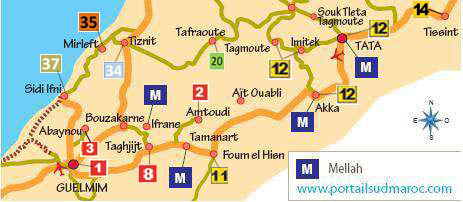
Sally's

Octopussy

Kasbah de Tabelkoukt

Dar najmat

Aftas Trip

Les trois chameaux

Camp surf

Hotel Ait Baamrane

Hotel Belle vue

La Marine

Hotel safa

Xanadu

Riad Well Center Assounfou

Hôtel les Amandriers

Hôtel Salama

Hôtel Saint Antoine

Auberge Kasbah Chez Amaliya

Auberge les Amis

Auberge djebel rose

L'arganier d'ammeln

La maison traditionnelle d'Oumssnat

Maison d'hôte Iskki Asnfou

Maison d'hôte Yamina

Auberge la tête du lion

VVT ABAYNOU

Au rendez-vous des Hommes Bleus

Hôtel Hamza

Hôtel ADIL Moussafer

Hôtel Salam

Hôtel Bahich

Hôtel ETOILES Du Sahara

Hôtel Addoyouf

Auberge TARGA

Camping Tinoubga

Camping Talaainine

Hôtel AMTOUDI ID AISSA

Gite L'ombre d'arganier

Maison d'hôte Tigami Bulbul

Gite IGMIR Smogan

Auberge BORJ Biramane

DAR Infiane

LA RENAISSENCE

RALAIS Des Sables

Bivouac Nomade

Maison Chez Lahcen

Follows to the destruction of the 1st temple of Jerusalem by Nabuchodonosor (587 before our era) of the communities Jewish, fleeing the persecussions were established with the Kingdom of Morocco.These communities have installed in the South of Morocco for more than 2000 years, have continues and even known wandering conversions of tribus*s berbérophones.
Small Jewish kingdoms even have exists, such Afrati, founded by king Ephraïm.It was one of the 1st Jews has to arrive, and has to settle in the South of Morocco, After having crossed Egypt and the desert, they could settle in the area of Ifrane or Ourfane (Anti-Atlas), in 586 before our era, rough to have made an agreement with the local Amazigh population.
Ifrane becomes thus an important center of trade, where the trade of gold and salt with Sudan was practical.The rabbi Youssef Ben Mimoun (who would have died in year 5 before JC) is one of the most venerated Jewish Saints, indeed, his reputation attracts each year of the Jews of begs for whole.In 1492 the decree of Alhambra expels the Jews of Spain and thus causes a massive arrival of the sépharades and goes involve an important increase in the trade in all the Kingdom.
Many Jews (300 000 to 400,000) were present at Morocco, before the creation of Israel, 5000 Jews are always there and refuse to leave their country. In all the cities of the South Morocco.Jews and alive Muslim in perfect harmony, and one can discover many traces of their presence, in all the South of the Atlas.Some cities in example: Ifrane, Akka, Tagadirt, Tazenakht, Tata, Ait Ouabi…
HISTORY AND CULTURE:
We know today that most of the civilization trends which have been detected in Sahara reached its north border and even then the mountains of the Moroccan South.
The first occupants were blacks which presence has been certified by the engravings of Tassili (5th century BC).
Various white populations make up the Berber (called Lybico-Berber) Mediterranean who lived in Spain, Morocco, Moroccan Sahara and Canaries.
Palestinian charmite came by sea and land.
Semite arrived by emigration waves (10th century BC) searching for gold, silver or copper mines, either by sea or through desert.
Thus, Berber seams to have received from Mediterranean and Egypt their eldest element of civilization.
In 622, comes the islamic era. From 670, Oqba Ibn Nafi, at the head of the first arabic conquerors army, arrives in The Maghreb and founds Kairouan. In 681, he will mount a raid as far as Draâ and Souss. In 710, Moussa Ibn Noussair receives submission of the whole of The Maghreb in care of the caliph Omeyyade from Damas.In 786, Idriss the 1st, descendent from Ali, prophet’s son-in-law runs away from Arabia and finds a place of refuge in Morocco; as from 788, he has been recognized iman by Berber from Morocco.
Almoravide Dynasty 1055-1144 : The nomadic Berber almoravide warriors progress to the North, found Marrakesh in 1070 which becomes the capital of the kingdom, to who it gave its name : Morocco.
Amohade Dynasty 1130-1269 : The capture of Marrakesh in 1147 makes an end to the conquest of Morocco by the Almohades (the Unitarians). Abd el-Moumen manages to unify North Africa.
Merinide Dynasty 1269-1471 : the Beni Merin from Zenetes, coming from the Moulouya basin seizes Fes, Rabat, Sale and Abdou. Youssef Yacoub takes over Marrakesh in 1269.
 The Cherifan movements : Since 1508, the Portuguese compete with the transaharan trade. Coming from the Beni Saad arabic tribes, Mahomet descendants, originating from the Drâa Valley, the Saadian cherif el-Kaim resists to the Portuguese as from 1509. The Cherifan power is officialized when Marrakesh got seized in 1525.
The Cherifan movements : Since 1508, the Portuguese compete with the transaharan trade. Coming from the Beni Saad arabic tribes, Mahomet descendants, originating from the Drâa Valley, the Saadian cherif el-Kaim resists to the Portuguese as from 1509. The Cherifan power is officialized when Marrakesh got seized in 1525.
In 1578, the Saadan secures the gold road control by seizing Timbuktu and the Niger loop.
The Alaouite Dynasty : Birth of the Cherifan empire. Native from the Chorfa from Tafilalet, Ali descendant, the dynasty imposes its authority as from 1666. Moulay Ali Cherif, its founder, and its successors reunify Morocco and founds the Cherifan empire which spreads its authority as far as Senegal. To strengthen its external relations, he treats Louis the 15th and Jack the 2nd from England as equals.
Guelmin- Es Smara area : Spreads over a surface of 142 380 km², that is to say almost 20% the kingdom area. Strengthen by its priviledged geostrategic position, the variety of its natural sites, the area gathers all the ingredients of a center of tourist developments on a large scale.It is more than 170 kms of Atlantic coast (Guelmin and Tan-Tan districts), from where la plage Blanche spreads over 40 kms, Oued Chbika, also its hot springs. The area has actually at its disposal important potentials, its various natural scenery and the richness of its cultural heritage thanks to the mixing of Hassani and Berber cultures and traditions.
TOURIST ATTRACTIONS :
The oasis from the communes of Taghijt, Asrir, Tighmert, Ifrane of the Anti-Atlas and Timoulay include several tourist appeals : the Ksours and Kasbahs, the historical sites along the wadi Noun and at Kahf Lahmam (pigeons grotto) in the commune of Ait Bouflen, the Igoudas or collective shops (Amtoudi) and the cave engravings.
 The palm groves from the district of Tata (Akka, Tata, Foum Zguid) and from the district of Assa-Zag (Assa) count among the most important ones in the south of Morocco (more than a million palm trees that is to say 20% of date palm national heritage).
The palm groves from the district of Tata (Akka, Tata, Foum Zguid) and from the district of Assa-Zag (Assa) count among the most important ones in the south of Morocco (more than a million palm trees that is to say 20% of date palm national heritage).
The hot springs, notably the ones of Abaynou and Aïn Lalla Mellouka the water is renown for the treatment of dermic and rheumatic illnesses, which have therefore curative effects.
THE WADI MOUTHS :
Foum Assaka, tourist interest site attracts already the tourist professionals. This coast of great views and ecological richness is the subject of tourist vocation.
Foum Draâ, isolated site and difficult to accede by track from the national road RN1. It sets out a remarkable views quality with varied fauna. The site has been the subject of a detailed analysis of a future tourist development as part of a study on a tourist area schedule and development which will number 8 000 beds.
In addition of the mouths, the wadi surroundings towards the inside offer a tourist attraction potential a not inconsiderable one which arouses the investors interest from the tourist sector. It is the case, notably, of a french property developer who has built a hotel unity at Fort Boujrif (rural commune of Targawassay- commune of Guelmim) who knows an important success by attractring more than 400 tourists from different nationalities by month. Same thing for the Ksar of Tafnidilt located along the Draâ wadi and which knows the same success, the station Abaynou, eco Musée of Tighmerte. 2 other implementations Dar Infiane at Tata and the Akka Nait Sidi VIP bivouac (rural commune of Tissint) are to be mentioned for the same original concept and for its success.
Plage Blanche, this unity would be developed at 50 kms from the south of Ifni and at 60 kms from the south-east of Guelmim. Its particularity will be of being the first eco tourist seaside resort with 30 000 beds capacity.
 Hotel units ( 5* and 4* hotels and villages for tourist holidays) for about 5 300 beds capacity. An 18 holes golf, an commercial and craft center, a SPA and leisure implementations.
Hotel units ( 5* and 4* hotels and villages for tourist holidays) for about 5 300 beds capacity. An 18 holes golf, an commercial and craft center, a SPA and leisure implementations.
Residential unities for a total 10 500 beds capacity, about 2 200 flats and villas. The Fades group estimated that the works would last 8 years, the first hotel is planned to open its doors on 2012.
The National Park “Bas Draâ” is one of the most important national park, with a desert landscape and low human density. It constitutes an ideal biotope for a diversified and rich fauna nearly dying out (gazelles, dorcas, cuffed wild sheeps, carnivores including the striped hyena, jackal, red fox, fennec, porcupine, as well as birds as bustard, lancer falcon, the royal eagle, adding on reptiles). It is a biodiversity of high interest potential.
Chbika wadi, Foum Chbika site, at about 30 kms from the south of El Ouatia The convention on the installation of the tourist station «oued chbika «in tan tan,entrusted to the Egyptian group»orascom»has required an amount of 6 billions dirhams.the project which will contribute to the creation of 2.500 jobs,consists of the realization of hoteliary units with a capacity of 5.000beds,of residences(1.851units),ludic and sporting infrastructures(centre of congress,museum,and a sport center).

The cave engravings from the Tata district to the Es-Smara district, the first discoveries of cave art date back the 19th century.
At present, we number more than 300 sites spread over the whole territory.
 This sites, in which prehistoric men used to engrave, are often on the open-air and in general, located on the wadis side.
This sites, in which prehistoric men used to engrave, are often on the open-air and in general, located on the wadis side.
As per its geographical location, they can be classified into three concentrations :
 the Haut-Atlas plateau, along the Draâ valley and next to the dried-up wadis of the saharan districts. The cultural heritage of Morocco is represented through all of these periods from prehistory (from ancient Palaeolithic to Neolithic) to history, going by protohistory.
the Haut-Atlas plateau, along the Draâ valley and next to the dried-up wadis of the saharan districts. The cultural heritage of Morocco is represented through all of these periods from prehistory (from ancient Palaeolithic to Neolithic) to history, going by protohistory.
Some sites are the subject of active archeological researches. It allows us to distinguish the different stages of Morocco history over about one million years period. Cave art is one of the component of Moroccan historic heritage. During almost 8 000 years, men used to engrave magnificent “paintings” onto sandstones to illustrate the activities of day-to day life and its beliefs
 The pigeons grotto, (going to Agadir), some researchers discovered perforated sea molluscs Nassirius type, in the pigeons grotto at Tafoghalt, an area known for its magnificent grottos, human heritage treasures lying hidden.
The pigeons grotto, (going to Agadir), some researchers discovered perforated sea molluscs Nassirius type, in the pigeons grotto at Tafoghalt, an area known for its magnificent grottos, human heritage treasures lying hidden.
Dated from 82 000 years, these are pieces numbered among the eldest, representing ornaments in the world and putting Morocco as a country where civilization aroused long ago before other parts of the world.
They indicate very clearly, as per great specialists who have received this discovery, that humans have used symbols in Africa, 40 000 years before Europe.
As per one of the scientifics : “such a discovery allows to close the meeting on the african origines about the items of ornaments and put North Africa, and notably Morocco, as one of the eldest centers of distribution of ornaments items in the world”.
The pigeons grotto ornament is elder than what has been discovered before in Algeria, in South Africa and in Palestine.
HOSPITALITY :
The savoir-vivre begins by different ways to welcome vistors with what is immediately available and presentable :
Milk, symbol of the purity of the intentions, peace desire; refreshing drink, tasty and nutritive. The most important is goat, camel or cow milk
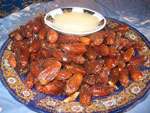 Dates (local palm grove products) go usually with the milk. Sweet, they equilibrate the blandness of the milk, scrape out the dust of the road which lay in the throat, perfumes nicely the breath and prepare to word exchanges. Tea, usually made with mint, national drink, is the first constant in welcoming tradition, from the most humble to the richest.
Dates (local palm grove products) go usually with the milk. Sweet, they equilibrate the blandness of the milk, scrape out the dust of the road which lay in the throat, perfumes nicely the breath and prepare to word exchanges. Tea, usually made with mint, national drink, is the first constant in welcoming tradition, from the most humble to the richest.
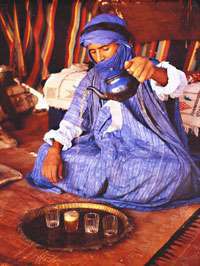 There is no home where a visitor won’t be served one, indeed several, glass of tea. It’s a meeting factor, a catalyst, communing symbol, rarely offered on
There is no home where a visitor won’t be served one, indeed several, glass of tea. It’s a meeting factor, a catalyst, communing symbol, rarely offered on
its own: it is served with batbout (small bread slightly risen), msemen (pancake with fat and baked in a terracotta dish).It can also go with
different types of cakes or biscuits, indeed, extreme pleasure, fresh bakedbarley or wheat bead. Lamriss, very well known drink in the sahara area, is a mix between cooked
floor and water adding a bit of sugar; very refreshing drink, moreover in summer and when there is no milk.
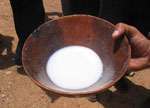 Zrig, very well known in the area. It is a mix of milk, water and a bit of sugar, with sometimes some yogurt.
Zrig, very well known in the area. It is a mix of milk, water and a bit of sugar, with sometimes some yogurt.
How can we talk about welcoming and hospitality without making reference to its corollaries : savoir-vivre and art of cooking ?
CRAFT :
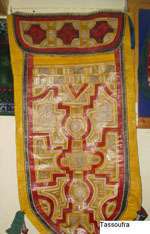 Craft in the area is the reflect of a spiritual and material civilization past. Between tradition and modernity, craft of the area opens itself onto new technologies and take the place which its own in the regional economy as factor of social-economic balance.
Craft in the area is the reflect of a spiritual and material civilization past. Between tradition and modernity, craft of the area opens itself onto new technologies and take the place which its own in the regional economy as factor of social-economic balance.
Priviledged micro-company field, craft is an important sector of economy by the turnover that it generates and by the employement it procures (more
than 11 000 craftmen in the different art and service craft channels).
In all the provinces, you will discover : jewellery, traditional leather working,
wood, traditional sewing, carpet weaving, fossilized stones, basketry (Assa-Zag and Tata provinces), pottery (Tata province).
Afra Cooperative
 The cooperative is composed of twelve (12) members seven (7 women and five (5) men) ...
The cooperative is composed of twelve (12) members seven (7 women and five (5) men) ...
AJIAL Cooperative
 7 women compose it, it is presided by Mrs. Mariam Ait Said ...
7 women compose it, it is presided by Mrs. Mariam Ait Said ...
INTERACTIVE MAP ENVIRONMENT ASSOCIATION
Hotel Locations, gites, guest house, hostel
NB : Click on the icons in the map to view information for each item.
HISTORY AND CULTURE
We know today that most of the civilization trends which have been detected in Sahara reached its north border and even then the mountains of the Moroccan South...
Read more...TOURIST ATTRACTIONS
The oasis from the communes of Taghijt, Asrir, Tighmert, Ifrane of the Anti-Atlas and Timoulay include several tourist appeals...
Read more...THE WADI MOUTHS
Foum Assaka, tourist interest site attracts already the tourist professionals. This coast of great views and ecological richness is the subject of tourist vocation...
Read more...HOSPITALITY
The savoir-vivre begins by different ways to welcome vistors with what is immediately available and presentable...
Read more...CRAFT
Craft in the area is the reflect of a spiritual and material civilization past. Between tradition and modernity...
Read more...


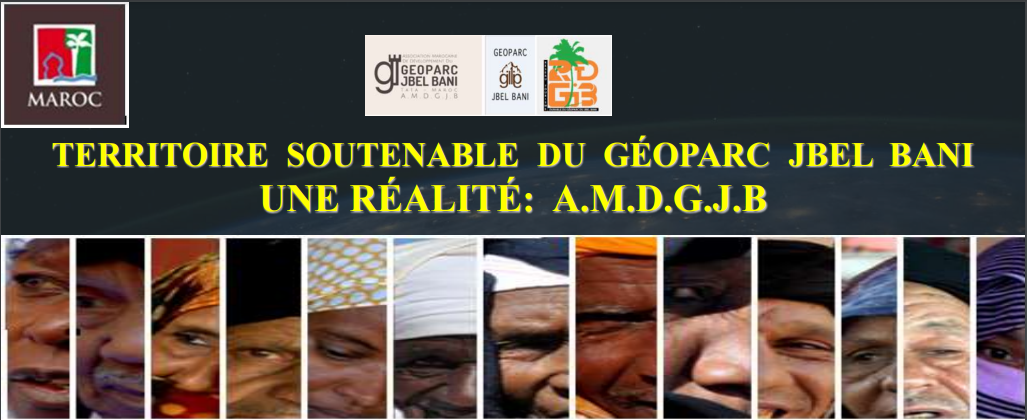
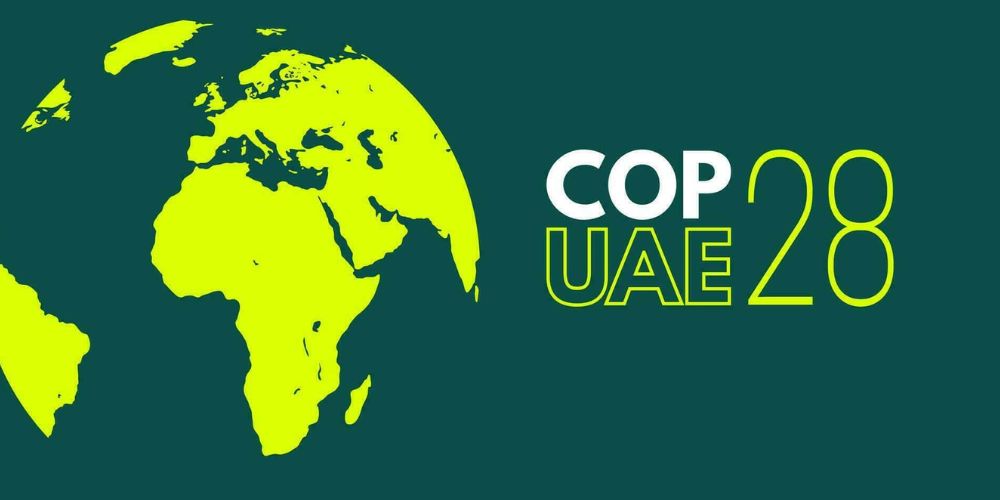
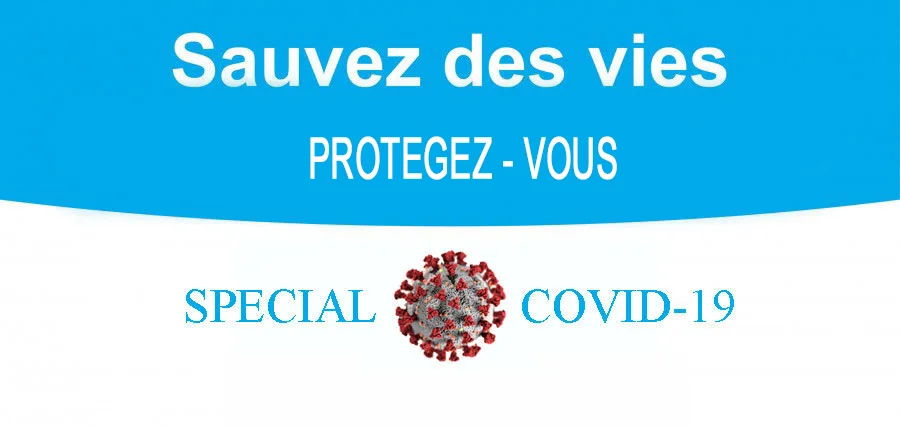

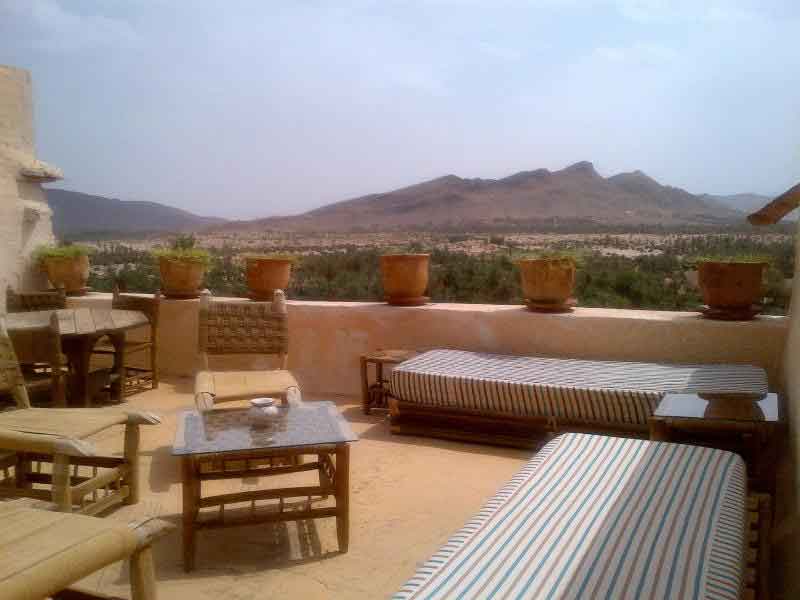
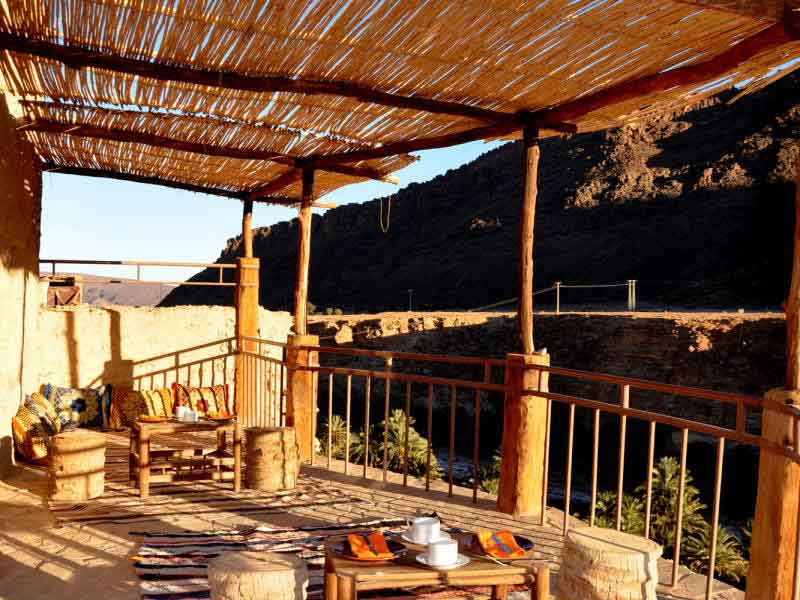
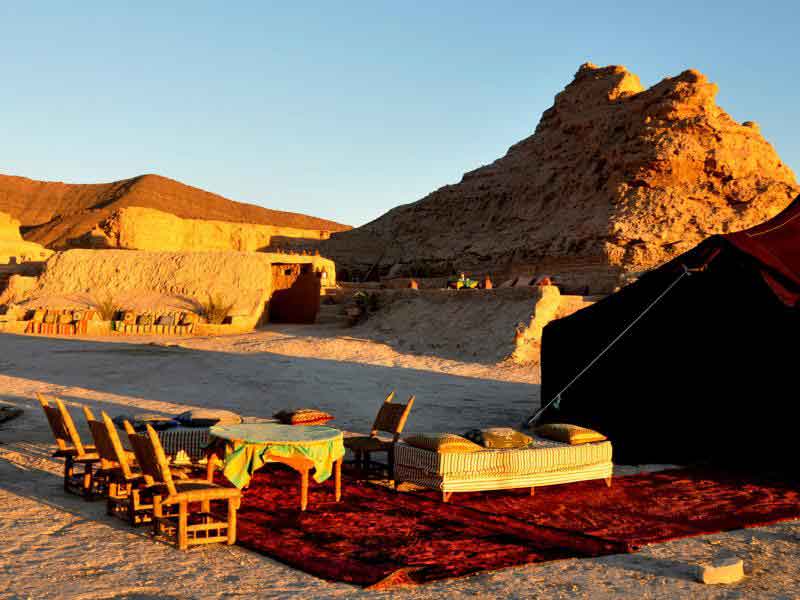
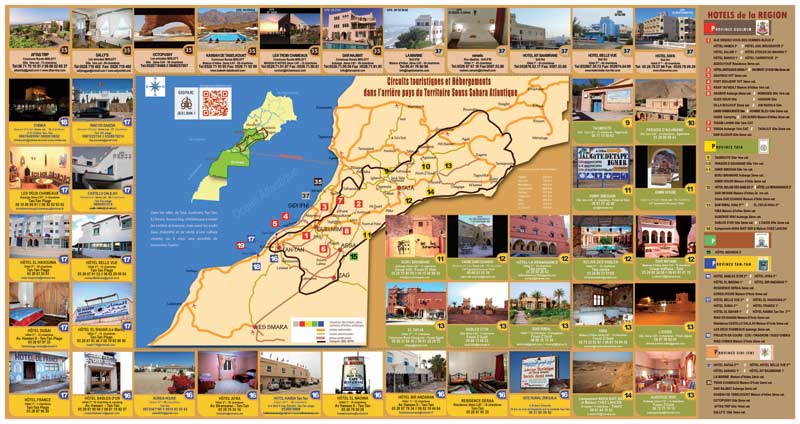
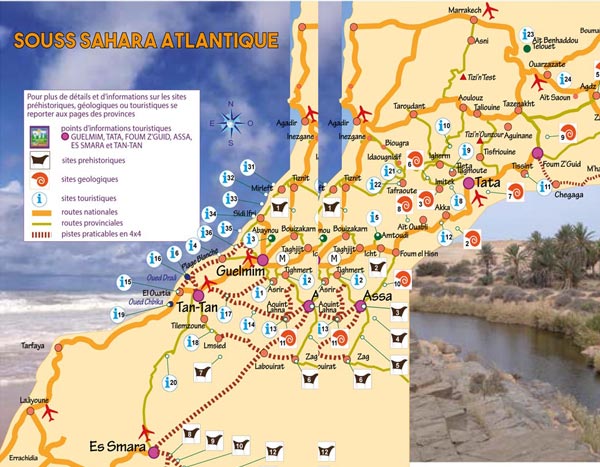
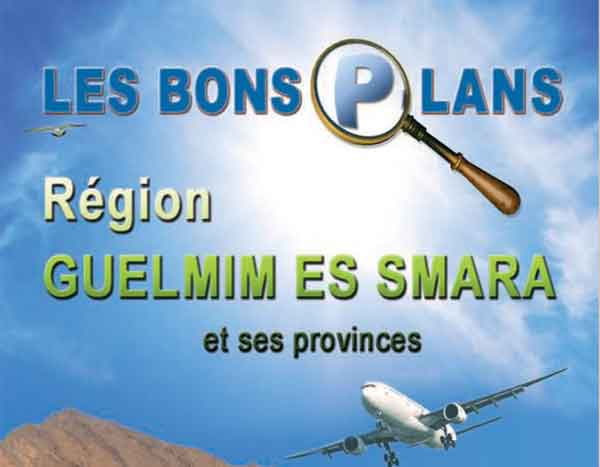
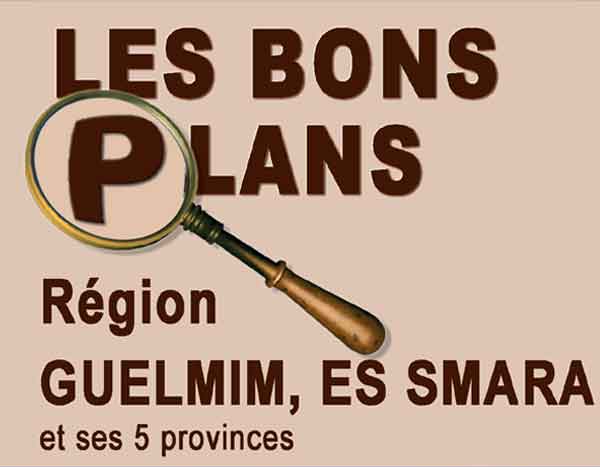
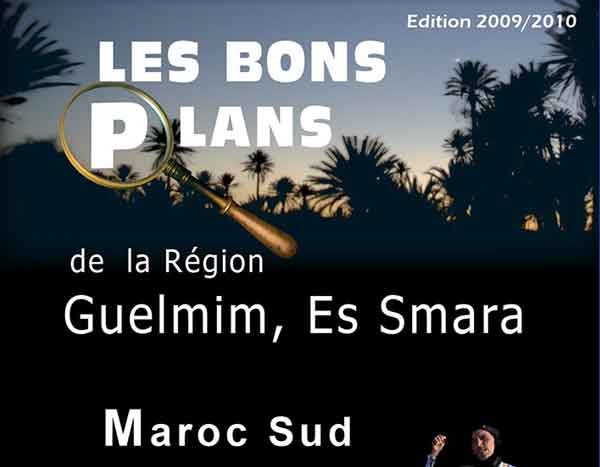
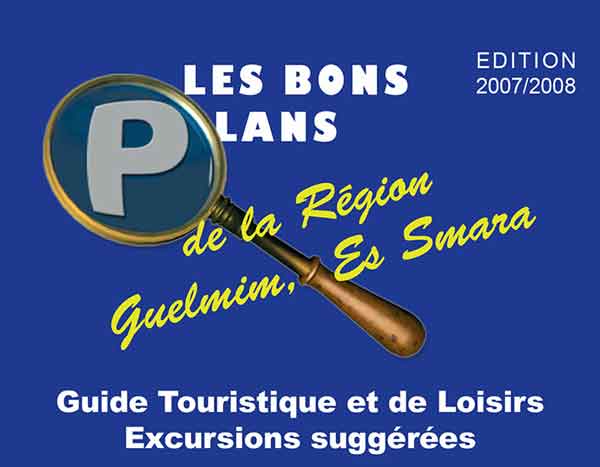
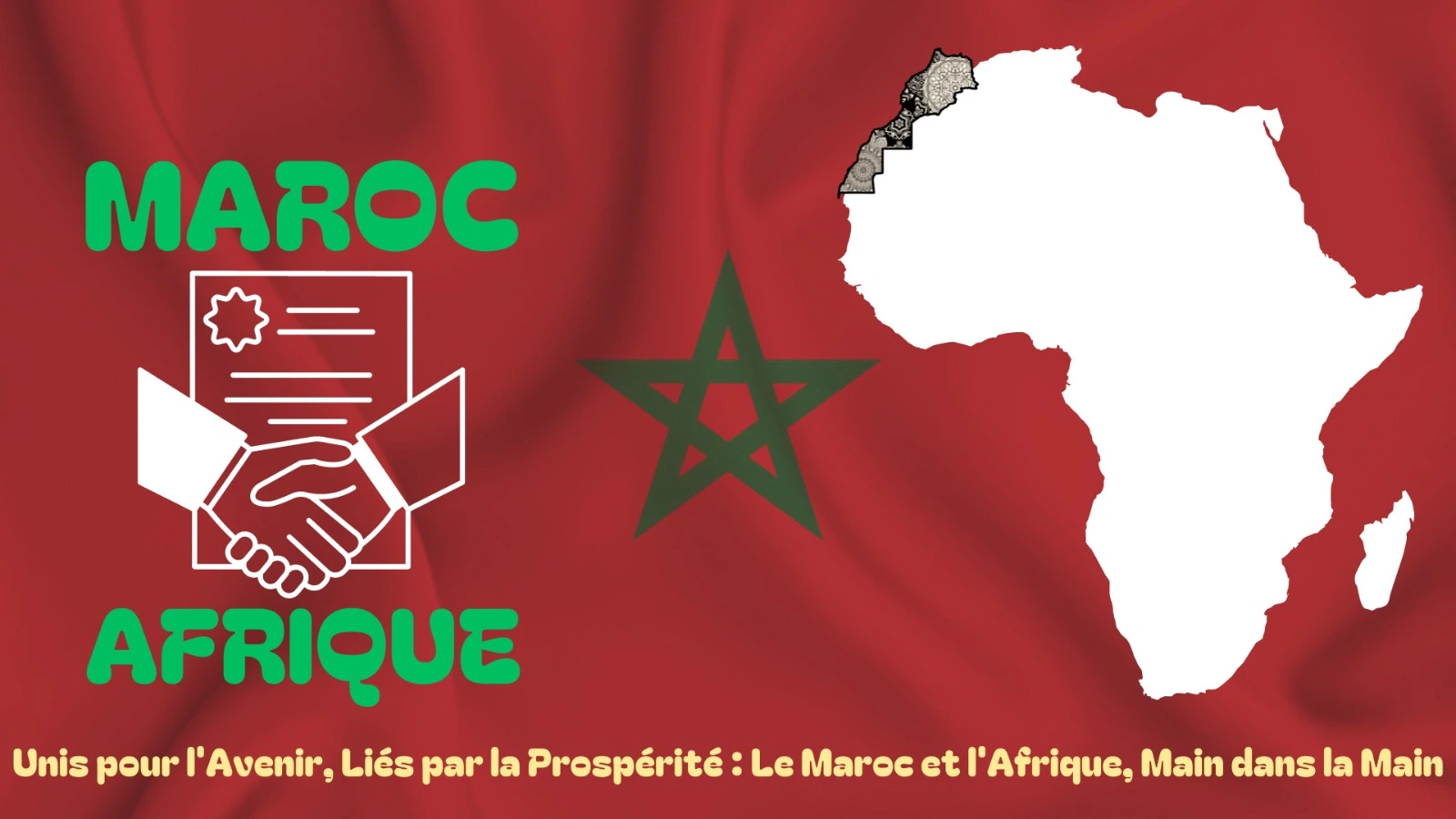
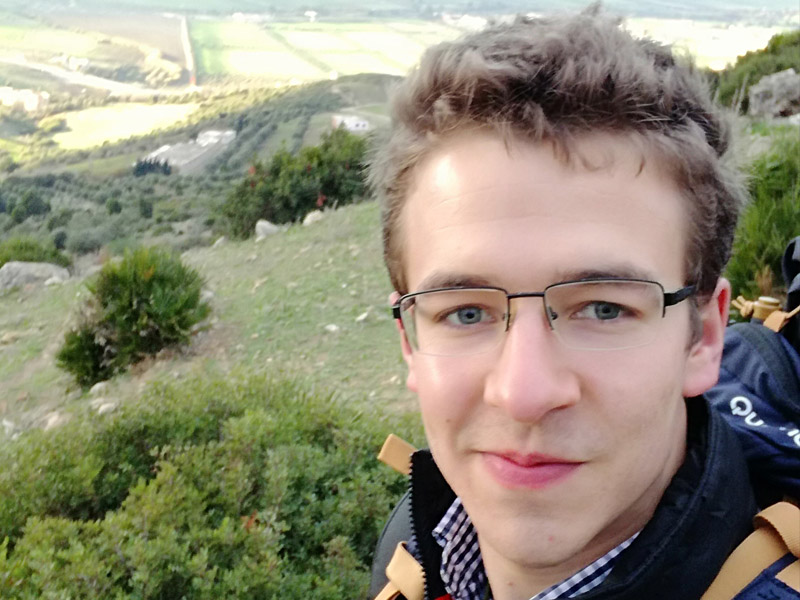
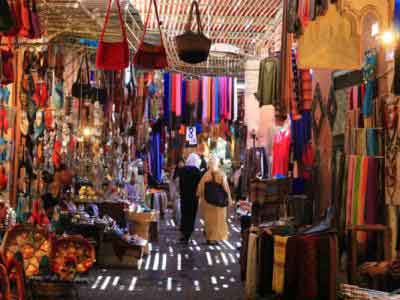
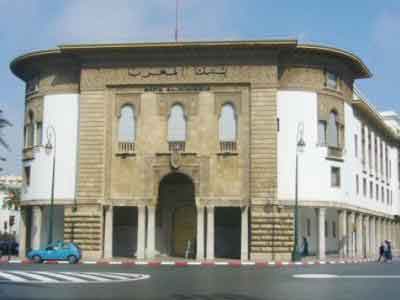
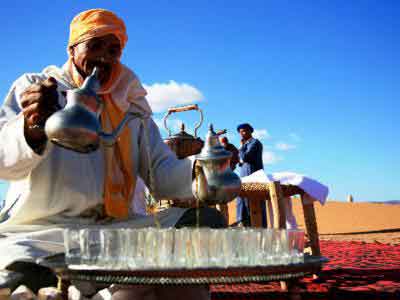


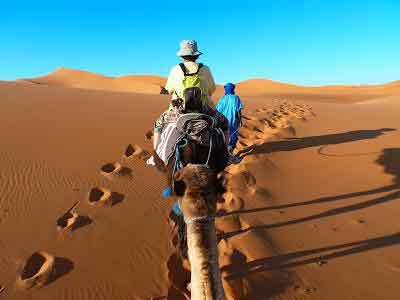
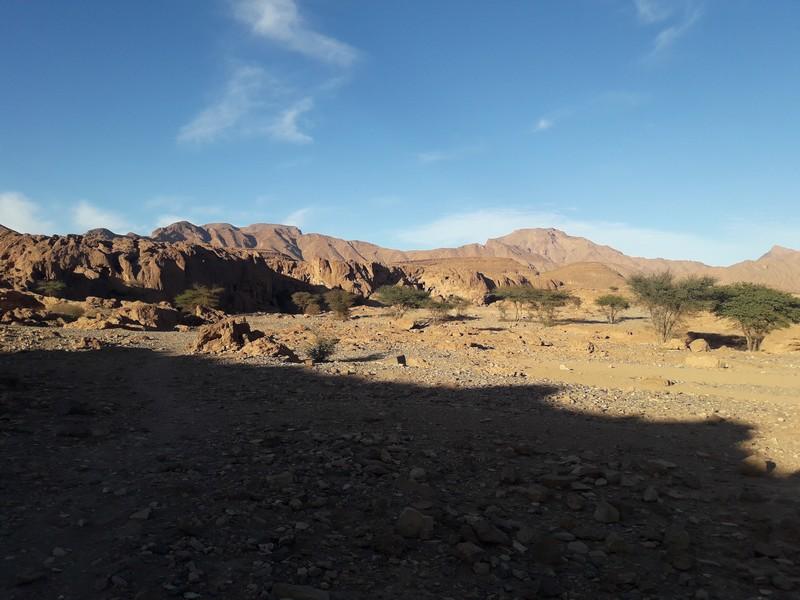
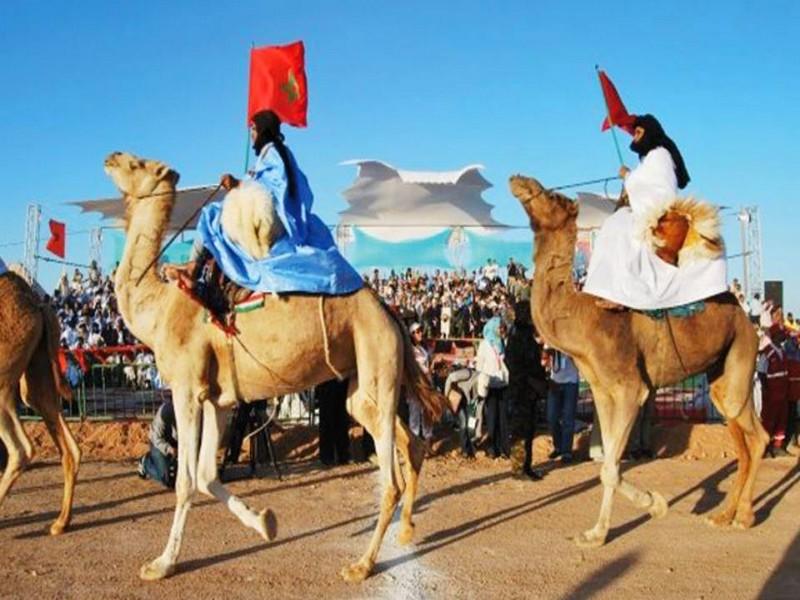
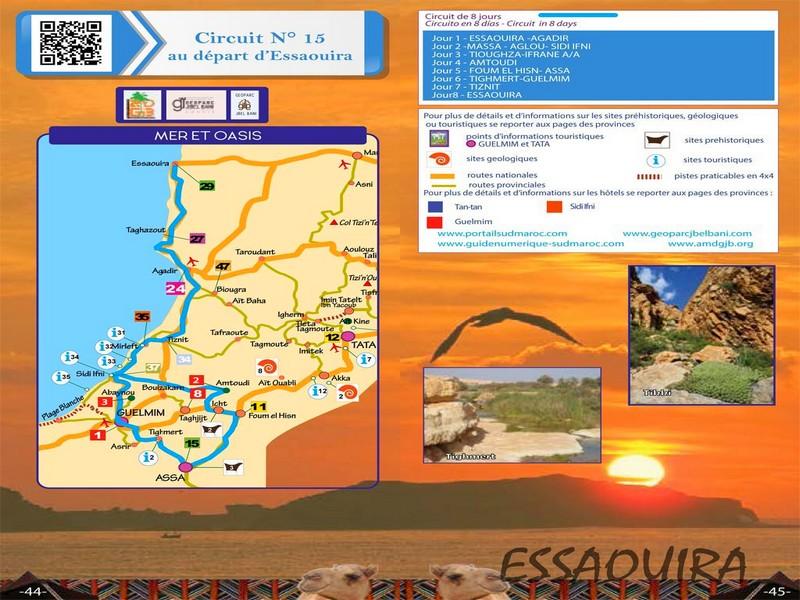
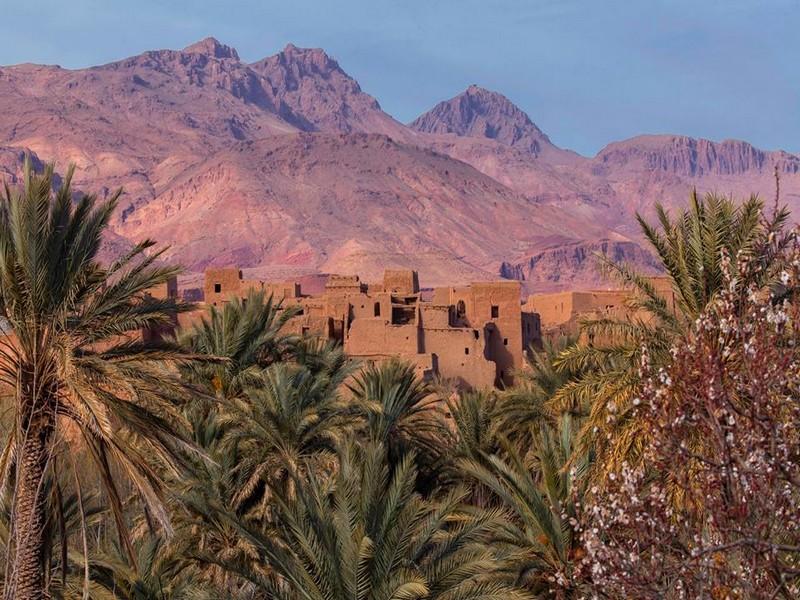
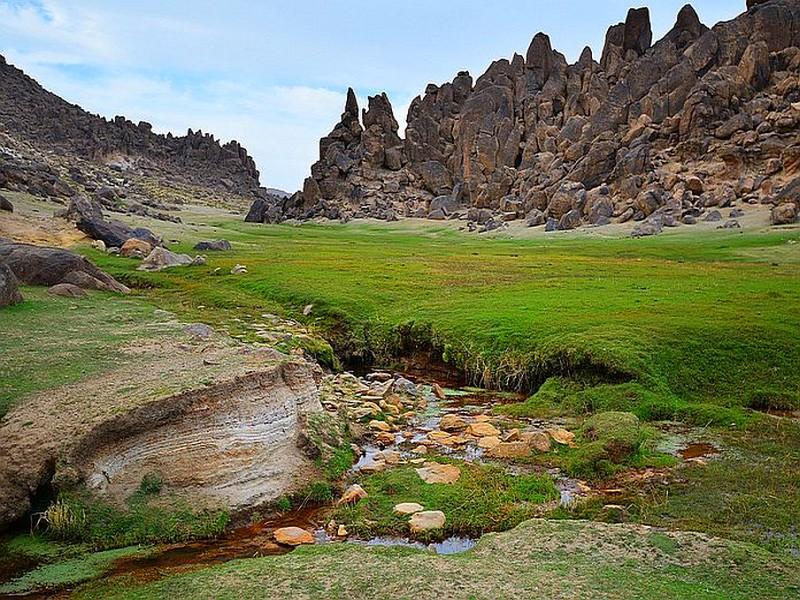
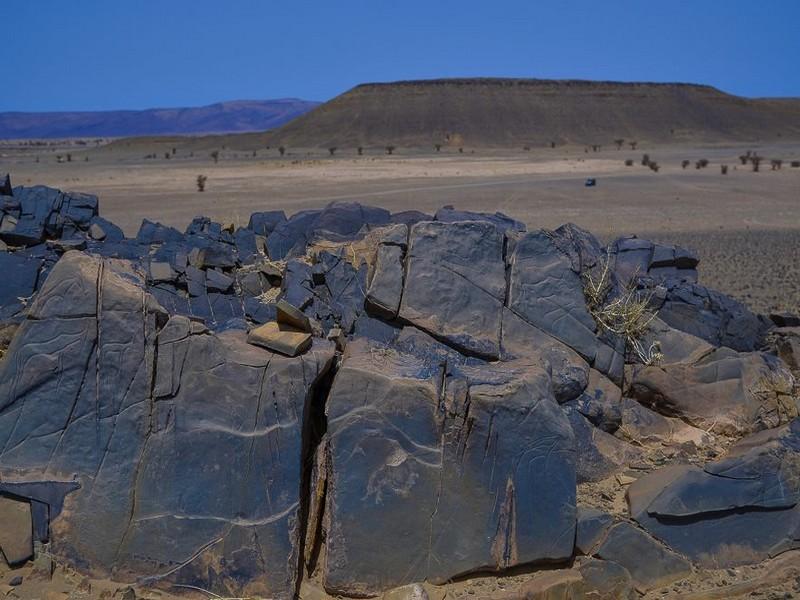
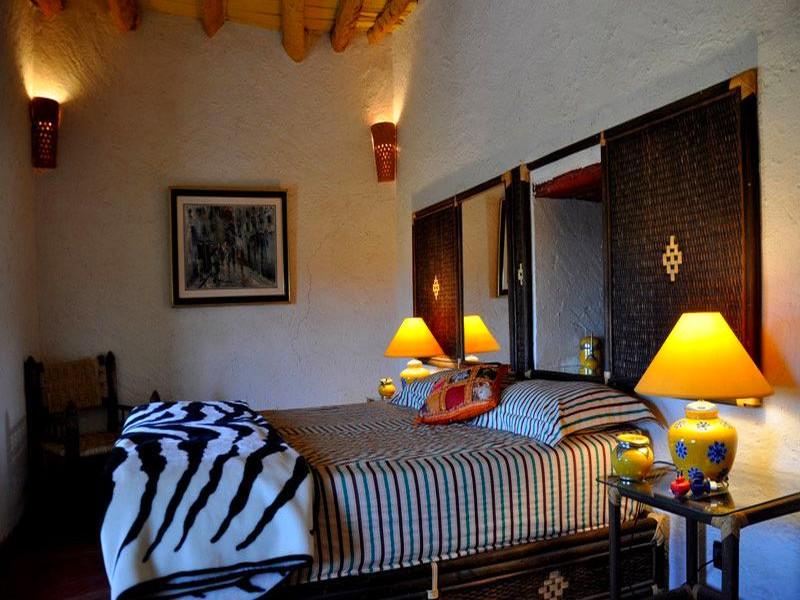
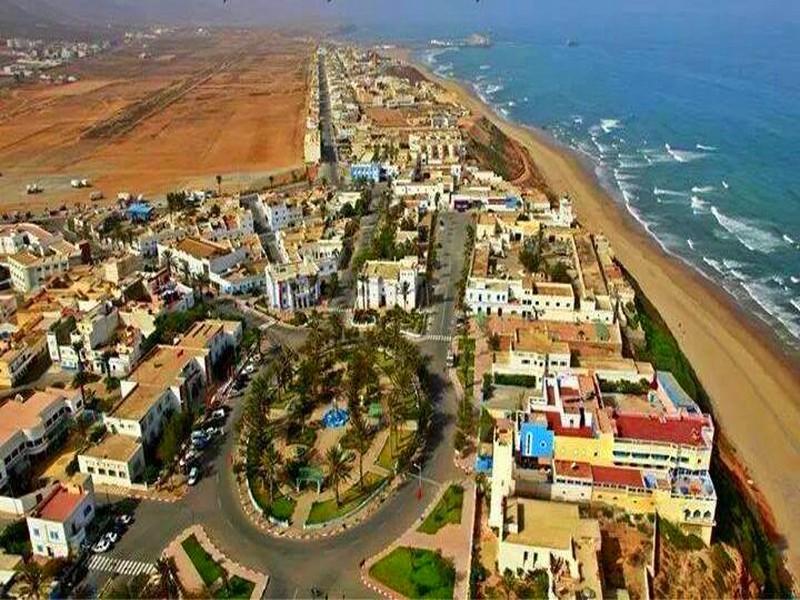
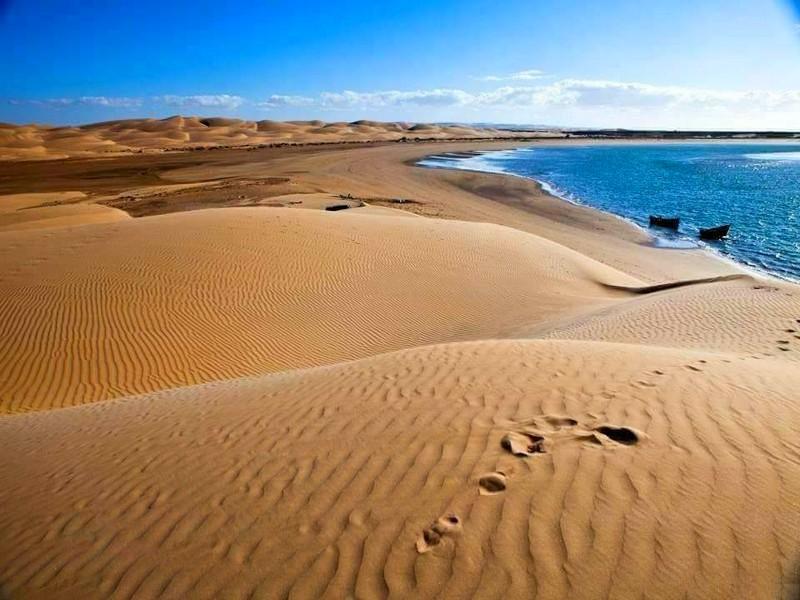
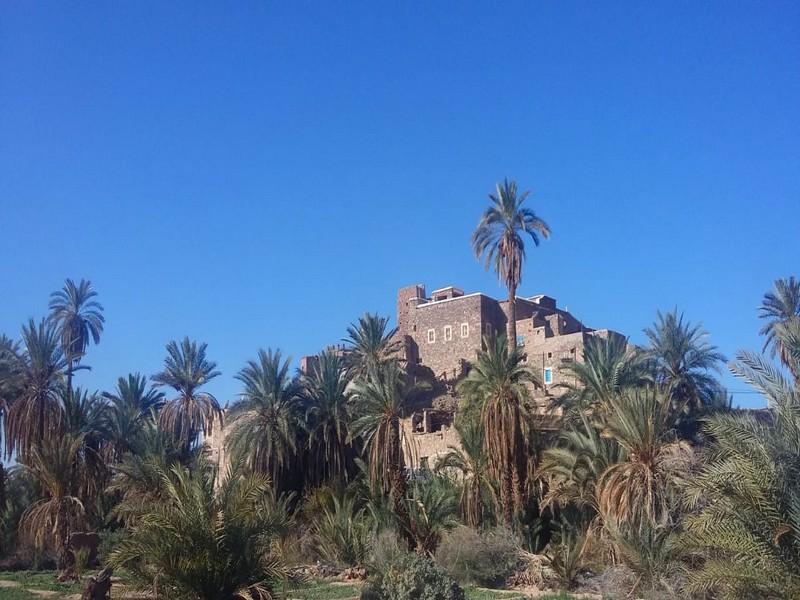

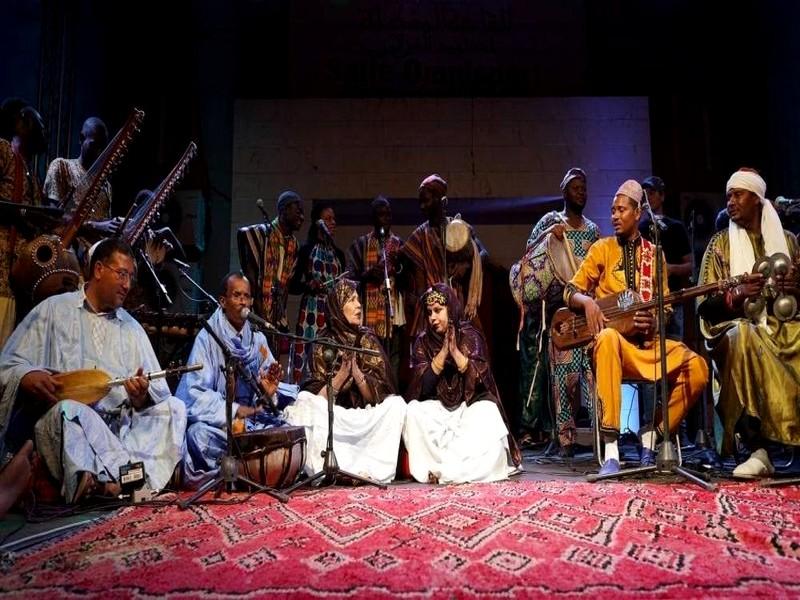
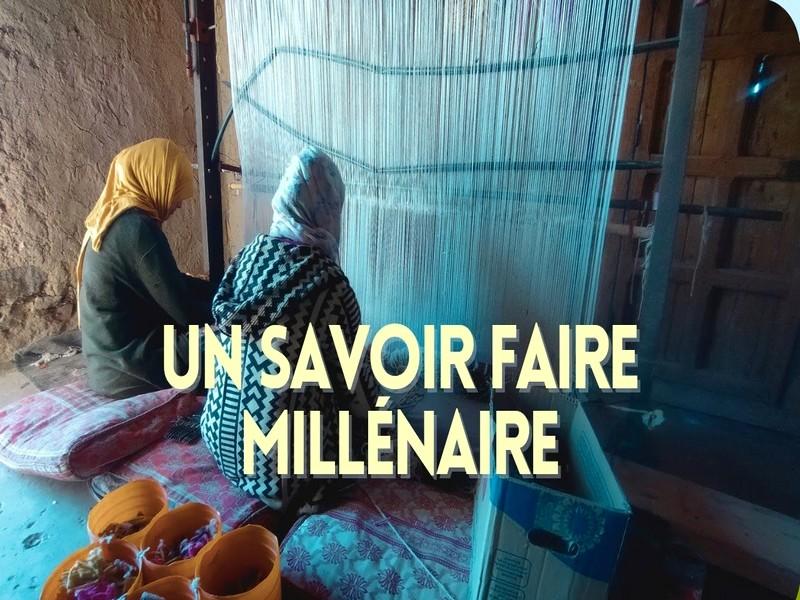
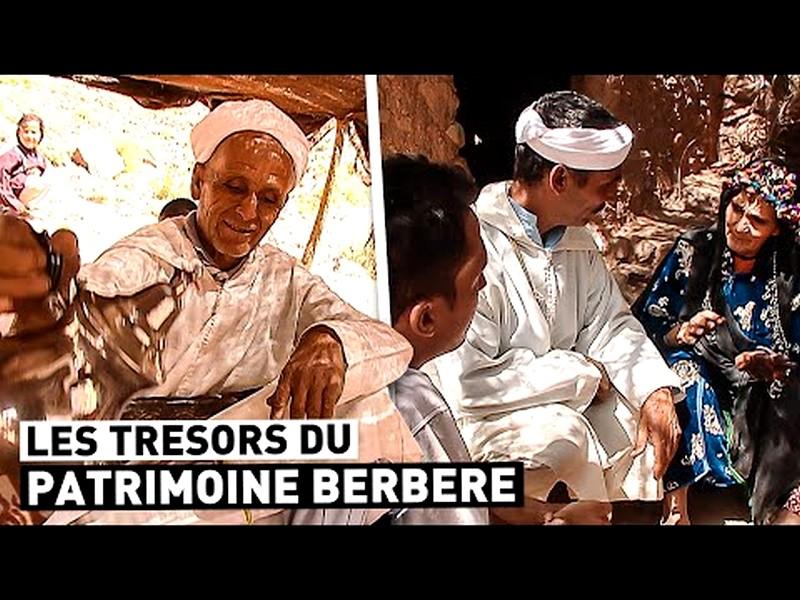
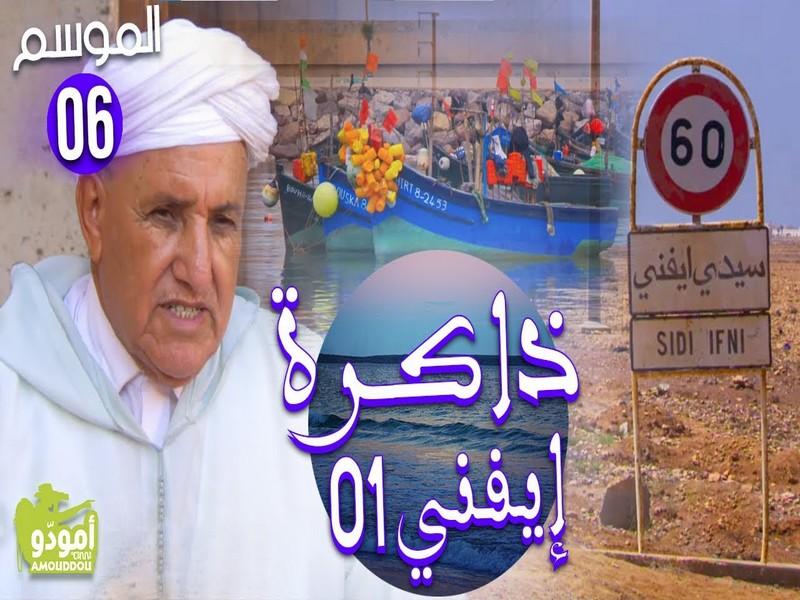
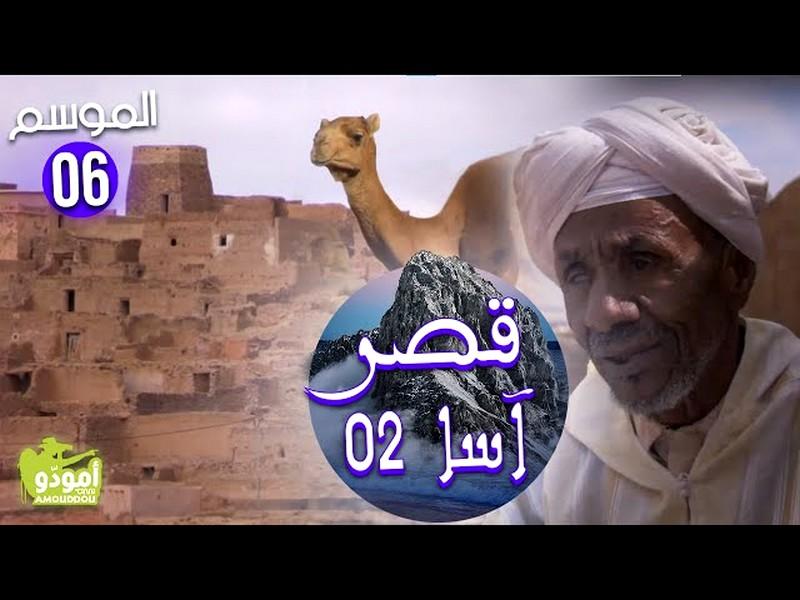
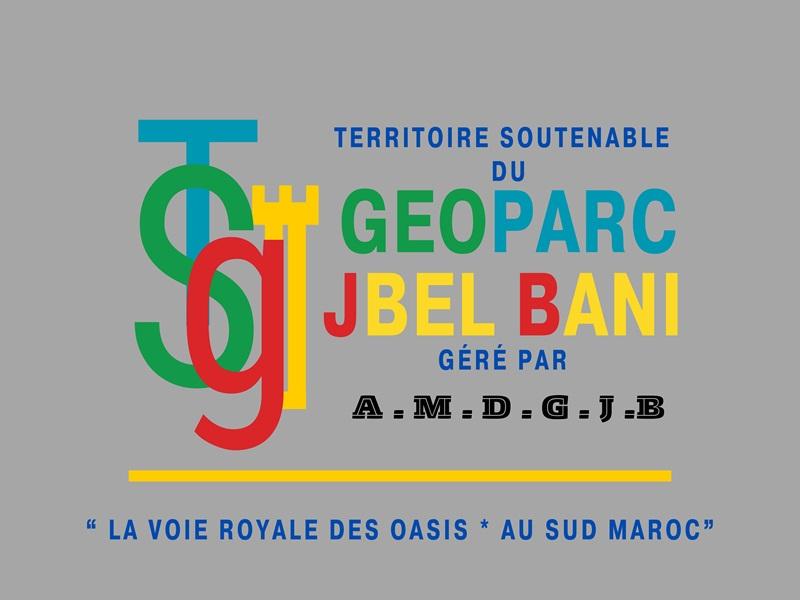
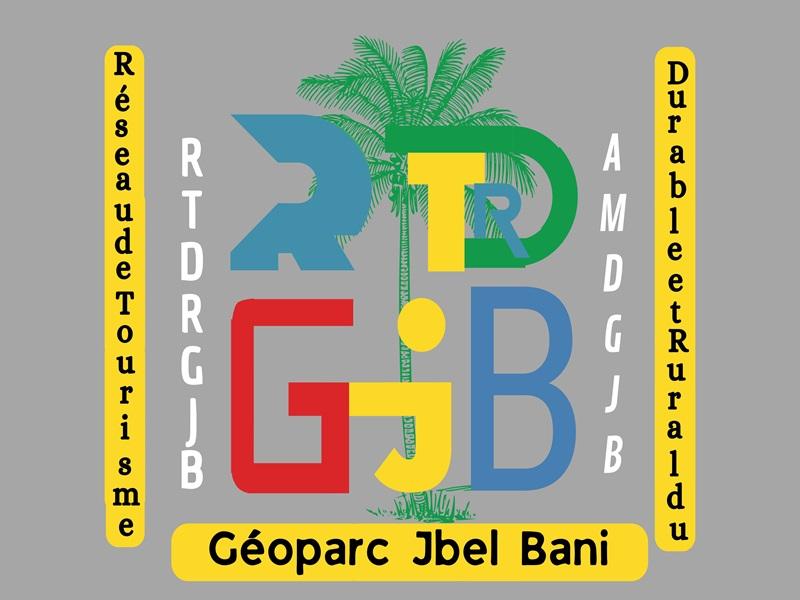
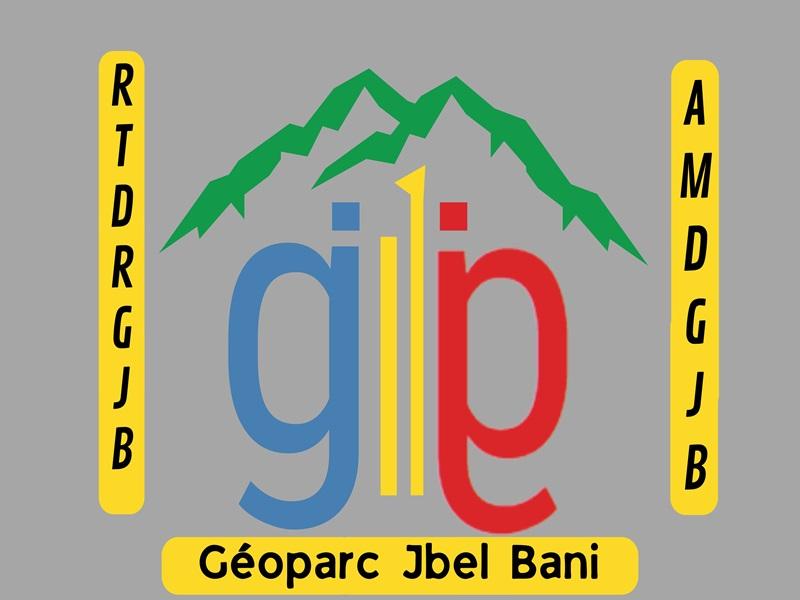
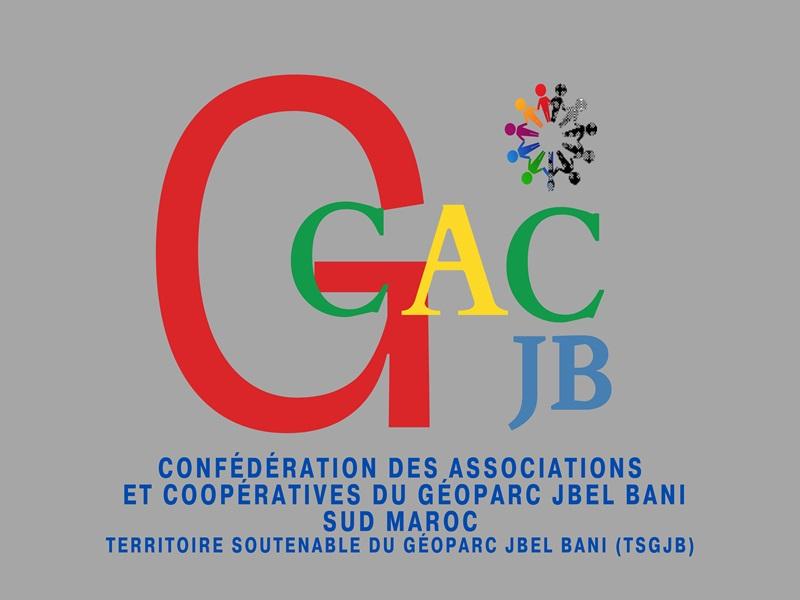
 Découvrir notre région
Découvrir notre région